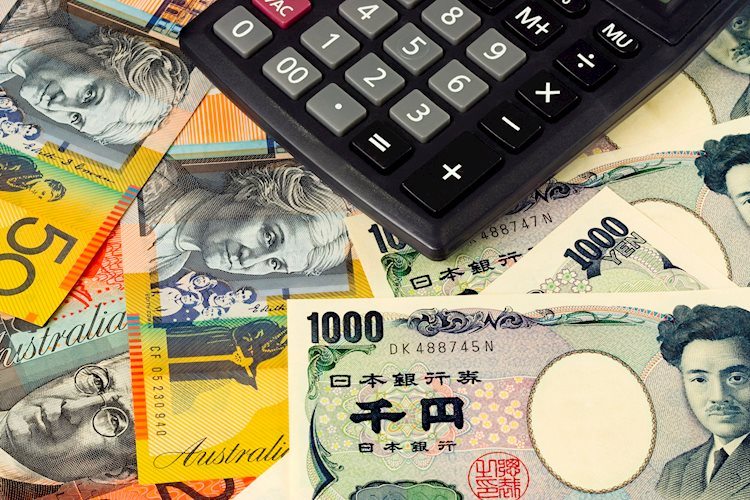The AUD/JPY pair has been hovering near 98.00 ahead of the release of Australian labor market data for July. The Japanese Yen has been under pressure due to fading global risk-aversion, while the Bank of Japan is expected to raise interest rates to 1% by the end of the year. Despite the pair’s struggles to break above 98.00, improved market sentiment has been supporting the Australian Dollar.
Investors are waiting for the Australian Employment report, which is expected to show an addition of 26.5K payrolls in July, lower than the previous month. Easing labor market conditions could lead to expectations of interest-rate cuts by the Reserve Bank of Australia. However, current market speculation suggests that the RBA will not reduce its Official Cash Rate this year. A hawkish guidance from RBA Governor Michelle Bullock has prompted speculation of interest-rate cuts next year, if needed.
Global risk-appetite has been improving as fears of a US recession have lessened, providing support to the Australian Dollar. On the other hand, the Japanese Yen has been affected by easing risk-aversion. The upcoming release of preliminary Q2 GDP data for Japan could be a trigger for the Yen. A positive GDP growth would increase speculation for further policy-tightening by the Bank of Japan.
The Bank of Japan’s ultra-loose monetary policy, based on massive stimulus to the economy, has caused the Yen to depreciate against its main currency peers. However, the BoJ’s stance could lead to a widening policy divergence with other central banks, particularly with the US Federal Reserve. This could support a wider differential between US and Japanese bond yields, favoring the US Dollar against the Japanese Yen. Additionally, the Japanese Yen is considered a safe-haven investment, meaning investors tend to flock to it during times of market stress for its stability and reliability.
Overall, the AUD/JPY pair is facing resistance near 98.00, with investors awaiting the Australian Employment report and Japanese GDP data for further direction. The Japanese Yen continues to be influenced by the Bank of Japan’s monetary policy and policy divergence with other central banks. Meanwhile, the Australian Dollar is being supported by improved market sentiment and expectations of the RBA’s future actions. It will be important to monitor these economic indicators and central bank policies for any potential impacts on the AUD/JPY pair in the coming months.


























